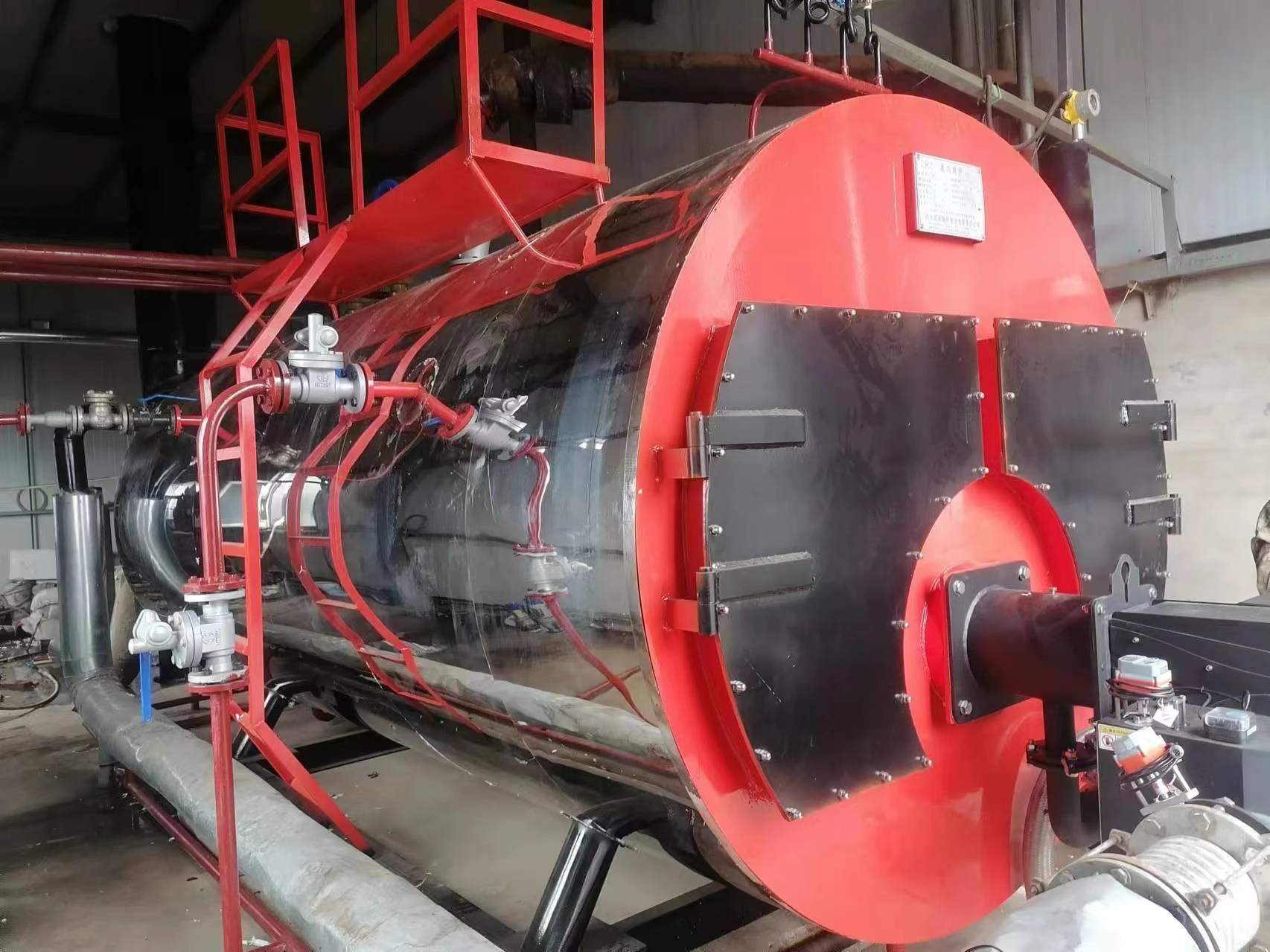
Eki . 04, 2024 19:04 Back to list
Understanding the Operation and Efficiency of Steam Boiler Systems in Power Generation
Understanding the Steam Boiler Cycle
The steam boiler cycle is a crucial process in various industries, particularly in power generation and heating systems. This cycle involves the transformation of liquid water into steam, which then provides energy for numerous applications, such as electricity generation, industrial heating, and effluent disposal. Understanding this cycle requires a grasp of several fundamental concepts, including energy transfer, phase change, and thermodynamic principles.
At its core, the steam boiler cycle operates on the principles of thermodynamics, specifically the conversion of thermal energy into mechanical energy. The cycle typically begins with water being heated in a boiler. The boiler, a pressurized vessel, uses a fuel source—such as natural gas, coal, or biomass—to produce heat. As the water absorbs this heat, it undergoes a phase change from liquid to vapor.
Once the water transforms into steam, it possesses high thermal energy and pressure. This steam is then directed towards turbines or heat exchangers, where it releases its energy. In a steam turbine, for example, the high-pressure steam spins the turbine blades, which are connected to an electrical generator. As the steam expands and cools, it loses pressure and energy, resulting in a lower temperature steam known as exhaust steam.
steam boiler cycle

After passing through the turbine, the exhaust steam needs to be condensed back into water so it can re-enter the boiler and repeat the cycle. This is accomplished using a condenser, which typically dissipates the steam’s heat into a cooling medium, often water or air. The cooled steam condenses into water, which is then pumped back into the boiler, completing the cycle.
Efficiency is a critical factor in the steam boiler cycle, as it impacts both economic performance and environmental sustainability. Modern steam boilers are designed to maximize energy transfer and minimize waste. Advanced technologies, such as combined heat and power systems (CHP), utilize the waste heat from the steam cycle to produce additional energy, thereby enhancing overall system efficiency. Furthermore, eco-friendly practices, such as the use of biomass or waste heat recovery, are increasingly being integrated into the steam boiler cycle to reduce carbon emissions and environmental impact.
The steam boiler cycle can be classified into various types based on specific applications. For example, in a Rankine cycle, which is commonly used in thermal power plants, water is continuously cycled through heating and cooling processes to generate electrical power. In other applications, such as in residential heating systems, steam boilers provide warmth by circulating steam through radiators.
In conclusion, the steam boiler cycle is a vital component of modern energy systems, bridging the gap between energy generation and efficient heating. Its underlying principles of thermodynamics, phase changes, and energy transfer are essential knowledge for those working in engineering, environmental sciences, and industrial management. As the global community aims for increased sustainability and energy efficiency, innovations in the steam boiler cycle will continue to play a significant role in shaping the future of energy production and consumption. Understanding and optimizing this cycle will be crucial for meeting the demands of both industries and households in a more eco-friendly manner.
-
Best Steam Boiler Design PDF Free Design Calculation & Diagram Downloads
NewsJun.10,2025
-
Hot Boiler Water Heater Efficient Heating Solutions for Home & Commercial Use
NewsJun.10,2025
-
Steam Boiler Safety Devices High-Quality Protection Valves
NewsJun.10,2025
-
Ultimate Steam Boiler Checklist for Safety & Efficiency
NewsJun.10,2025
-
Optimal Hot Water Boiler Temperature Setting Guide
NewsJun.10,2025
-
Effective Hot Water Boiler Chemical Treatment Protect & Maintain
NewsJun.09,2025
Related PRODUCTS






















